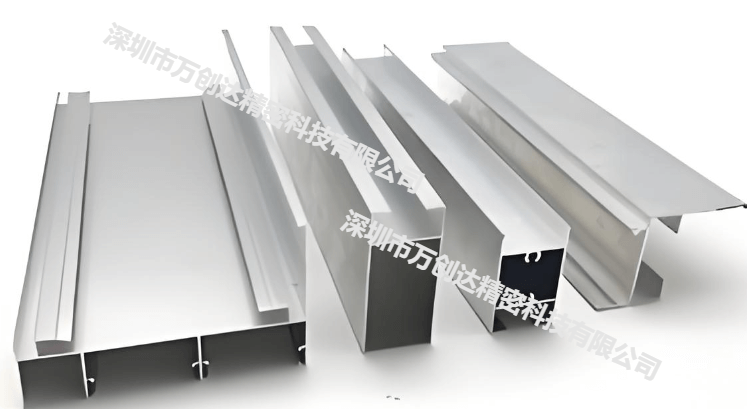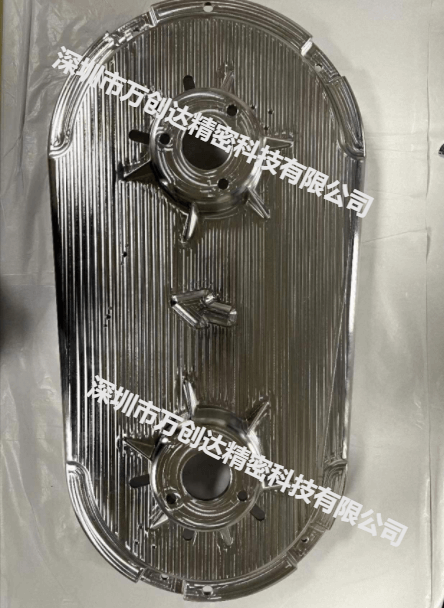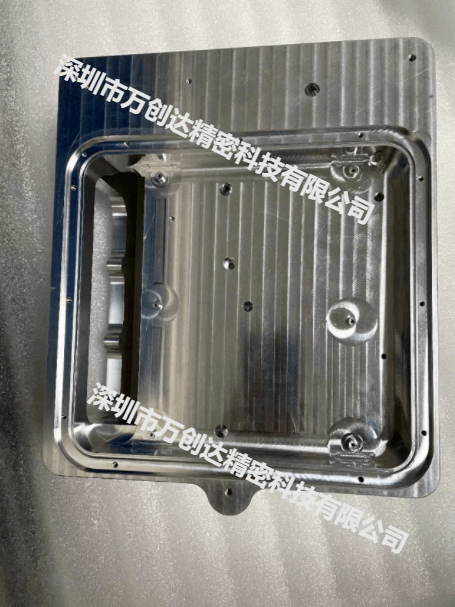CNC Machining Applications in Automotive Parts: Processes & Benefits
Explore how CNC machining powers the production of automotiv...
1. What is Aluminum CNC Machining?
Aluminum CNC machining involves using computer-controlled CNC machines to perform a series of mechanical processes on aluminum materials, including cutting, milling, drilling, and engraving.
In this process, the tool paths, speeds, and cutting parameters are pre-programmed via a computer, allowing the CNC machine to execute complex machining operations automatically according to the preset parameters. This method integrates computer technology with mechanical manufacturing, resulting in products with high precision and consistency.

2. Where is Aluminum CNC Machining Applied? Can We See It in Our Daily Lives?
While you might not often see the large CNC machines themselves, aluminum machined parts are quite common in everyday life. From simple aluminum products like doors and windows to precision aluminum components used in phones, computers, and various instruments, modern mold design and manufacturing have significantly increased the utilization of aluminum materials, resulting in a wider range of products. The extensive use of aluminum is evident in many aspects of our lives.

Advantages of Aluminum CNC Machining Services
When we think of traditional machining methods, we often think of manual processes. Indeed, traditional aluminum machining techniques typically rely on manual labor or simple tools to produce basic aluminum parts. Due to this reliance on manual work, traditional methods often face challenges such as longer processing times and higher costs. Additionally, precision is limited by the skill and experience of the operator, making it difficult to achieve consistent results.

In contrast, aluminum CNC machining uses CNC machines to complete the entire machining process, reducing the need for direct manual intervention. In terms of precision control, CNC-machined aluminum parts (CNC aluminum components) can achieve micron-level accuracy, far surpassing what traditional hand methods can achieve. By integrating computer technology with mechanical manufacturing, aluminum CNC machining can easily handle complex and customized aluminum processing. The flexibility of CNC machining allows for the adaptation to various 3D shapes simply by modifying the program.

Although aluminum CNC machining requires a significant initial investment in machinery, it can effectively reduce costs in the long term by increasing production efficiency and minimizing material waste. The shift from quantity-based production to high-value, high-utilization manufacturing makes cost considerations a significant advantage.
What are the Steps in the Aluminum CNC Machining Process?
Due to the significant advantages of aluminum CNC machining, many companies have established their own aluminum machining workshops, enhancing their economies of scale. You might wonder how the production process works. Let’s take a look:
1.Design and
Programming: The process starts with using
computer-aided design (CAD) software to create a model of the CNC aluminum
part. This model is then converted into machine-readable code using
computer-aided manufacturing (CAM) software. 2.Workpiece
Preparation: Choose the appropriate aluminum
material based on requirements, and secure it on the workbench using suitable
fixtures. Ensure the workpiece is firmly fixed. 3.Tool
Installation: Select the appropriate tools
(such as end mills, face mills, drill bits, reamers, and taps) based on the
machining requirements. Choosing the correct tools is crucial for successful
production. 4.Production
Testing: Before starting full-scale
production, test the first product to verify that the process is correct and
the tools are installed accurately. 5.Mass
Production: Once confirmed, begin the formal
aluminum CNC machining process. The machine will automatically perform cutting,
milling, drilling, and other operations according to the program until all
machining steps are completed. 6.Quality
Inspection: Check whether the product meets
quality standards, as this is key to determining if the product is ready for
market. 7.Archiving for
Future Production: Document the process and
results for future reference and production needs.
Explore how CNC machining powers the production of automotiv...
Discover how high-precision CNC machining enables ultra-accu...
Explore how CNC machining technology, through high precision...
Learn about the different types of metal plating processes, ...
Surface treatment technologies are integral to improving mat...

Copyright © 2024 Shenzhen Xunchuangda Precision Technology Co., Ltd. ALL Rights Reserved




